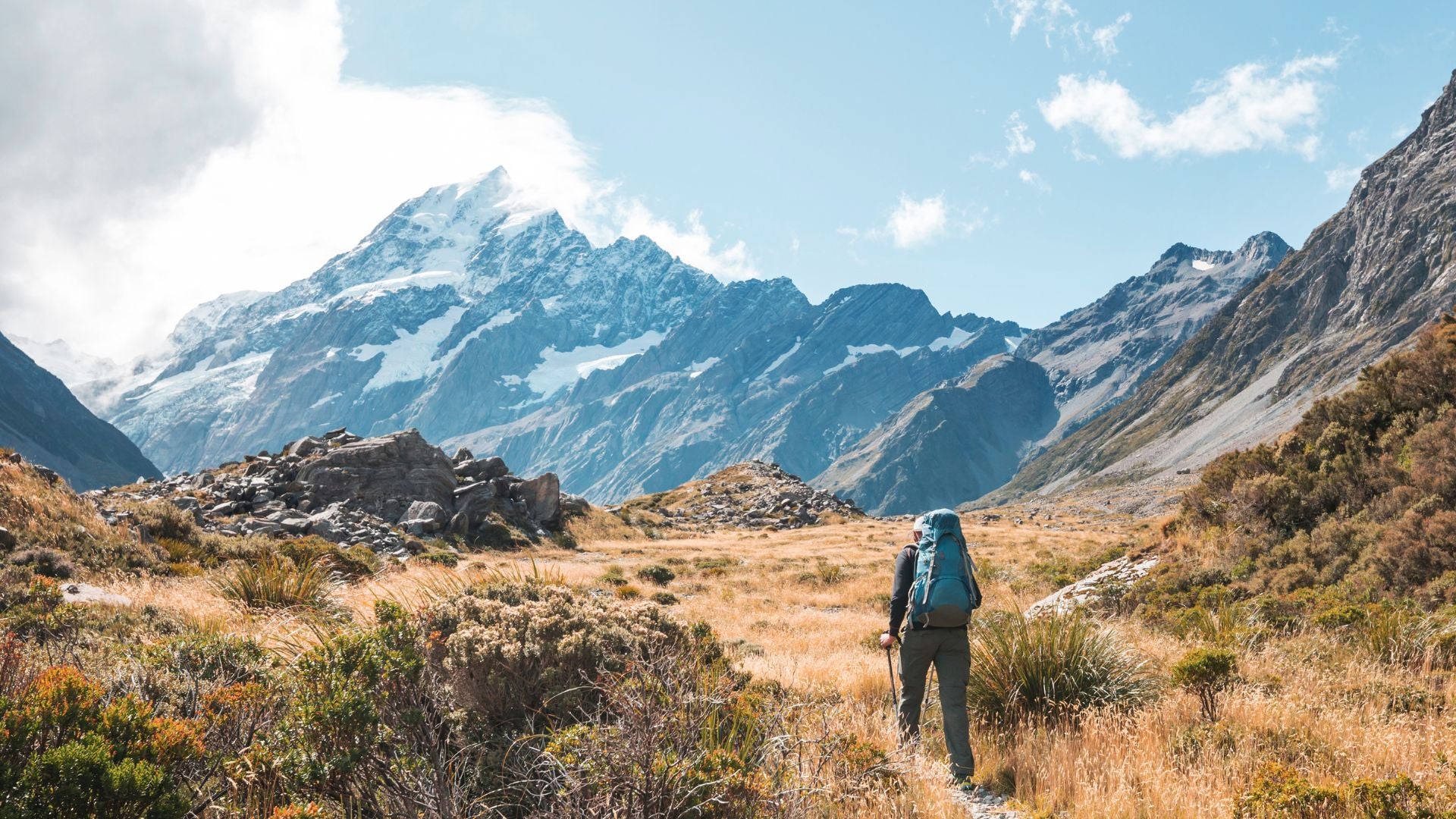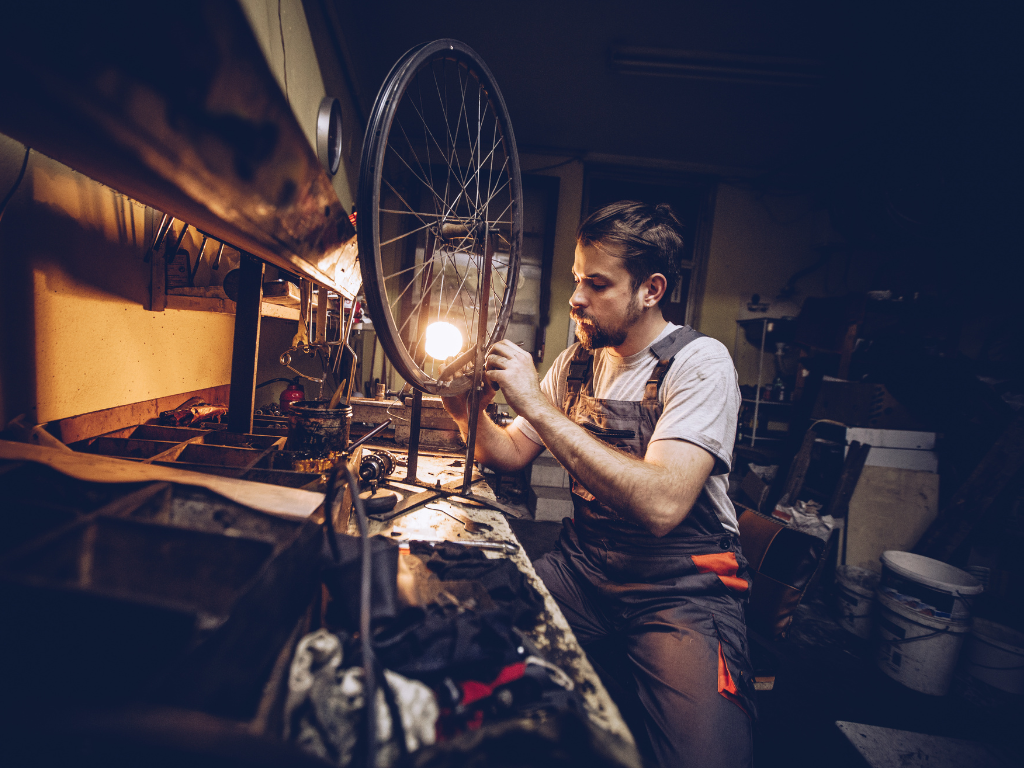
Introduction To Bike Frame Geometry
Bike frame geometry is one of the most important parts of bike design and has a huge impact on how a bike looks, feels, handles, and performs. In this introduction to geometry and why it matters to you, we’ll look at the basic frame measurements on a bike and what effect each of them has on your riding experience.
This article is mainly refers to mountain bike geometry, but the basic concepts apply to all bikes.

Top Tube Length
Top tube length is the length of a horizontal line drawn from the top of the head tube to the centre of the seat post. A variation on this measurement is the effective top tube length which takes in the offset of your saddle and gives a better idea of how roomy a bike will feel when you're sitting on the bike.
Reach
Reach is the horizontal distance from the centre of the bottom bracket to the centre of the top of the head tube. A higher stack creates a shorter reach, because the head tube slopes towards the rear of the bike.
Down Tube Length
Down-tube length is the diagonal length from the centre of the bottom bracket to the centre of the bottom of the head tube. Like reach, down-tube length gives an idea of how roomy the bike will feel to ride, but because it’s affected by the length of the head tube down tube length isn’t a very useful measurement on its own.
Seat Tube Length
Seat tube length is the distance from the centre of the bottom bracket to the top of the seat tube. The seat tube length sets the minimum and maximum height the saddle can be set, and therefore the height range of riders who can comfortably ride the bike. If you’re using a dropper post it also sets the amount you can drop the saddle. There is no industry standard for frame geometry so a medium size in one brand of bike might be very different to the next.
Stack Height
Stack height is the vertical distance from the centre of the bottom bracket to the centre-top of the head tube. This measurement determines the minimum handlebar height.
Wheelbase
Wheelbase is what you get when you add the front-centre and rear-centre measurements together. A longer wheelbase is good for stability, but bad for tight corners, manuals and nose-pivots.
Bottom-Bracket Height
Bottom-bracket height is the vertical distance from the ground to the centre of the bottom bracket. The higher the bottom-bracket, the higher your centre of gravity, so a lower bottom bracket improves stability and makes the bike quicker to turn. Full suspension bikes with lots of travel need higher bottom brackets to compensate for suspension sag. The disadvantage of a low bottom bracket is that you lose ground clearance, and your pedals are more likely to snag rocks and roots.
Front-Centre
Front centre is the distance from the centre of the bottom bracket to the front axle. The longer the front-centre, the less prone the bike is to pitching forwards on bumps and hard braking, because it has the effect of pushing your weight back on the bike. That’s why enduro and downhill bikes have long front-centres.
Rear-Centre
Rear-centre is the distance from the centre of the bottom bracket to the rear axle. This measurement is also often called the chainstay length. Mountain bikes usually have longer front-centres than rear-centres. The ratio of rear centre to the total wheelbase of the bike defines its front-to-rear weight distribution when your weight is 100% on the pedals. A typical mountain bike's rear-centre is about 35% per cent of its wheelbase, so the weight distribution is 35% front to 65% rear, before you put weight on the handle bars.
The longer a rear-centre is, the easier and less tiring it is to achieve a balanced weight distribution, which is good for front wheel traction in flat corners, but makes it harder to pick up the front wheel for manuals
Head Angle
The head angle is the angle measured from a horizontal line made by the steerer tube of the fork and affects the distance that the front axle is in front of your handgrips. A ‘slack’ head angle, tilts back more and increases the front-centre and puts your weight further back on the bike. Slack bikes also have slower, but less twitchy steering, and can cope better with flat landings because the rearward tilt makes the suspension stiffer vertically.
Handle Bar Height
This is the vertical distance from the ground to the grips. Higher bars let you to move your weight back more easily, reduce arm fatigue, make it easier to manual, and can help you feel more confident on steep terrain. Lower bars create a more aggressive riding position, which can help weight the front wheel in flat turns and make quick changes of direction. Lower bars mean you can push the front wheel into holes and absorb impacts.
Stem Length
Stem length is distance from the centre of the bar clamp to the centre of the steerer tube. The longer the stem, the roomier the cockpit will feel. It also makes it easier to weight the front wheel on the flat because your weight is forwards and it decreases the distance between your hands and the front axle. Shorter stems move the rider’s weight further back which helps on steep and rough descents.
The shape of the bar is important too. Handlebars with more back sweep has a similar effect to shortening the stem because they bring your hand further back.
Seat Angle
Seat angle is the angle of the line connecting the bottom bracket to the centre-top of the seat post when set at pedalling height and reflects the position of your hips relative to the pedals. He slacker the seat angle the more of your weight will be to the rear of your bike. Moving your saddle forward and back on its rails can change the angle by around 3 degrees.
Most full suspension bikes have a kinked seat tube which also adds to the seat angle. The seat angle also becomes slacker the higher the seat post, so taller riders experience a slacker effective seat angle than shorter people.
Climbing also effectively slackens the angle, especially on full suspension bikes, which is why they often have a more vertical seat tube to help offset the effect.
We hope gives you a better idea of why frame geometry is important, and why having the right geometry for where you like to ride your bike can make heaps of difference to how much fun you have.
As always we're here to help at Outside Sports. It's all about having fun, and we're passionate about helping you find the right bike. If you have any questions or just want to chat about bikes get in touch with the team at our dedicated bike shops in Queenstown and Wanaka.



